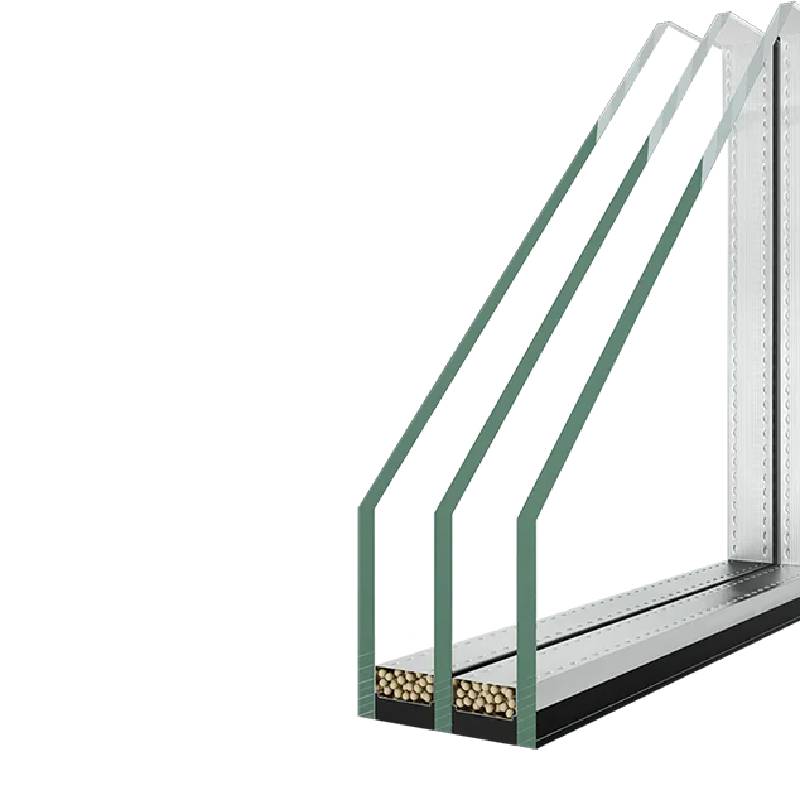

The Benefits and Applications of Sealed Insulating Glass
Sealed Insulating Glass (SIG) is a type of glazing that has become increasingly popular in modern architecture and construction. It is designed to provide enhanced thermal insulation, improved soundproofing, and increased energy efficiency compared to traditional single-pane windows. The use of sealed insulating glass in buildings has numerous advantages, making it a preferred choice among architects, builders, and homeowners alike.
Understanding Sealed Insulating Glass
Sealed insulating glass units typically consist of two or more glass panes separated by a spacer and sealed along the edges to create an air-tight cavity. This cavity is often filled with inert gases such as argon or krypton, which further enhances thermal performance. The design minimizes heat transfer, keeping indoor environments comfortable regardless of outdoor temperatures. This technology not only conserves energy but also reduces reliance on heating and cooling systems, which can lead to significant cost savings over time.
Energy Efficiency and Environmental Impact
One of the most significant benefits of sealed insulating glass is its role in energy efficiency. Buildings account for a substantial percentage of global energy consumption, with windows being a major contributor to heat loss. By installing SIG, building owners can reduce their reliance on energy for heating and cooling, thereby lowering their carbon footprint. According to various studies, using high-performance insulating glass can reduce energy consumption by up to 30%, contributing positively to both ecological sustainability and economic savings.
Furthermore, SIG can also qualify buildings for energy efficiency certifications, such as LEED (Leadership in Energy and Environmental Design) in the United States. This can not only increase the value of the property but also attract environmentally conscious tenants or buyers.
Enhanced Comfort and Indoor Environment

Sealed insulating glass units play a crucial role in enhancing the comfort of indoor environments. By minimizing drafts and maintaining a consistent indoor temperature, SIG helps create a more comfortable living or working space. Additionally, multi-pane arrangements reduce external noise pollution, making them an excellent choice for buildings located in urban areas or near busy roadways. This acoustic insulation benefit leads to quieter interiors, which can significantly improve the quality of life for occupants.
Design Versatility
The aesthetic appeal of sealed insulating glass is another aspect that sets it apart from traditional window options. With various styles, shapes, and finishes available, architects have the flexibility to incorporate SIG into a wide range of designs—from contemporary homes to historic buildings. The use of tinted or reflective coatings can also enhance privacy and reduce glare from direct sunlight, further increasing the application potential.
Longevity and Low Maintenance
One of the additional advantages of sealed insulating glass is its durability. Unlike single-pane windows, which can develop condensation and become foggy over time due to air leakage, quality SIG units are built to last. The sealed barriers help prevent moisture infiltration, reducing the likelihood of mold and mildew, thus requiring less maintenance and care. This longevity makes SIG a smart investment for both residential and commercial properties.
Conclusion
In summary, sealed insulating glass represents a critical advancement in architectural glazing technology. Its energy efficiency, environmental benefits, comfort enhancement, design flexibility, and durability make it a prime choice for modern buildings. As awareness of climate change and energy consumption continues to grow, the demand for high-performance building materials like sealed insulating glass is likely to increase. Not only does it provide practical benefits for occupants, but it also contributes to a more sustainable future, making it a win-win solution for both property owners and the environment. Embracing SIG in construction and renovation projects is a step towards a more efficient and responsible approach to building design.